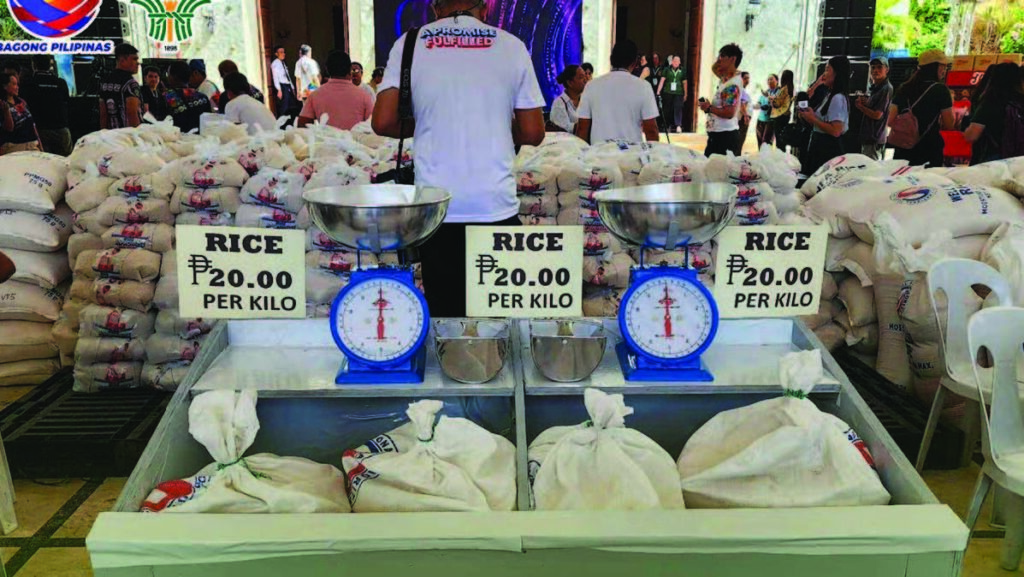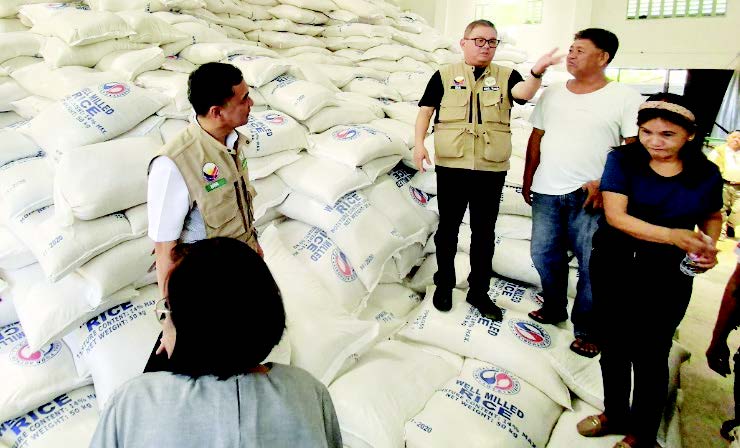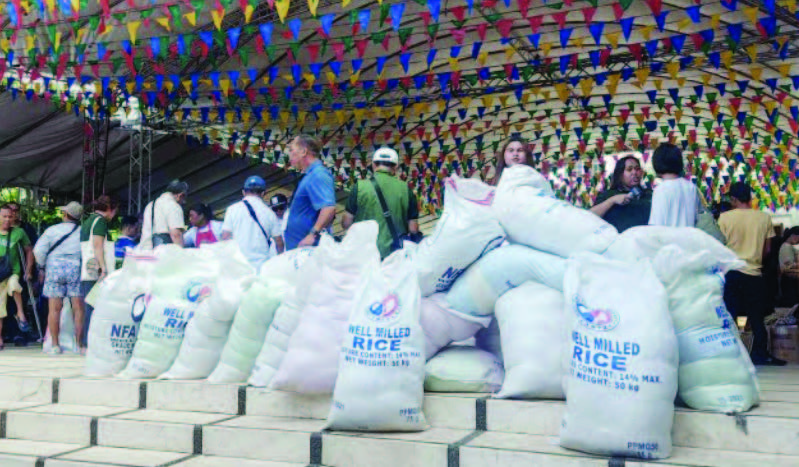How a campaign promise became reality for 2M households
The ₱20 rice program represents the Marcos administration’s boldest economic experiment—a subsidy scheme that defied expert predictions while reshaping government intervention in agricultural markets.
From a campaign promise dismissed as fiscally impossible, the program has evolved into a ₱51 billion initiative projected to serve half of Filipino households by 2027. The numbers reveal both ambitious scaling and fundamental questions about subsidy sustainability.

The Budget Reality
The program’s financial trajectory shows serious government commitment despite mounting costs. Budget allocations jump from ₱17 billion in 2025 (covering 20% of households) to ₱30 billion in 2026 (35% coverage) and ₱51 billion by 2027 (50% coverage).
The math is straightforward: Government subsidizes roughly ₱12-13 per kilogram—the gap between the ₱20 retail price and market rates of ₱32-33. With families buying up to 30 kilos monthly, each household receives a maximum ₱390 monthly subsidy, or ₱4,680 annually.
Scale implications: Serving 2 million households by end-2025 means 60 million kilos monthly, requiring ₱780 million in monthly subsidies or ₱9.4 billion annually—figures that match the ₱17 billion allocation when including distribution costs.
The government pays farmers ₱23-24 per kilo for palay—above typical farmgate prices of ₱19-21. This premium aims to prevent the subsidy from hurting farmer incomes, though sustaining above-market rates raises economic questions.
How It Actually Works
Supply chain bypass forms the program’s core strategy. By buying directly from farmers and selling through KADIWA centers, government eliminates middlemen who typically add ₱8-12 per kilogram to retail prices.
Anti-smuggling operations indirectly support the program by reducing cheap imported rice that would depress domestic prices. This protects both farmer incomes and the government’s higher procurement prices.
Distribution requires expanding NFA truck fleets and storage capacity—infrastructure investments beyond direct subsidy costs. Mobile delivery trucks serve remote areas, adding operational complexity but ensuring program reach.
Economic Impact
Limited inflation effect: While providing household relief, the program’s targeted scope means minimal impact on overall food inflation compared to total rice market volumes.
Mixed farmer outcomes: Higher procurement prices benefit participating farmers, but most continue selling through traditional channels at market rates since the program represents a small portion of total rice production.
Fiscal sustainability concerns: The ₱51 billion allocation by 2027 represents about 1.2% of projected national budget, assuming continued economic growth. This percentage could rise if revenue growth slows.
Rural multiplier effects may justify some costs through increased farmer spending and household savings on food that can be spent elsewhere.
Business Implications
Rice traders face potential margin compression if the program expands significantly, though current targeting limits immediate competitive threats.
Agricultural suppliers may benefit from increased farmer purchasing power, though the program’s limited scale relative to total production constrains this impact.
Logistics companies see opportunities from NFA infrastructure expansion and rural distribution networks.
Food processors must consider potential consumer purchasing pattern shifts, though premium rice markets remain largely unaffected.

Risk Factors
Weather dependency: Program sustainability relies on continued record harvests. Production shortfalls could force difficult choices between farmer prices and program costs.
Political pressure: Beneficiary expectations create pressure for program continuation regardless of economic conditions. Opposition parties may question fiscal priorities.
Global price shocks: International commodity price increases could force reduced coverage or higher budget allocations.
Administrative limits: Scaling challenges increase in remote areas where distribution costs rise while monitoring becomes harder.
Regional Comparison
ASEAN precedents show mixed results. Malaysia’s rice subsidies persist but created market distortions and import dependency. Thailand’s rice pledging scheme collapsed due to fiscal costs and corruption.
Alternative approaches like direct cash transfers might achieve similar welfare outcomes with less market distortion, though implementation complexity affects efficiency comparisons.
The Sustainability Test
The program’s success depends on balancing consumer relief, farmer support, and fiscal responsibility as scaling continues.
Key metrics to watch: Domestic rice production trends, administrative costs, targeting accuracy, and fiscal impact relative to other social spending.
Business planning: Companies should prepare for market adjustments as the program expands, while agricultural sector players may find government procurement opportunities.
Future scenarios range from continued success with stable harvests and economic growth, to program modifications if weather, global prices, or economic conditions deteriorate.
President Marcos’s commitment to sustain the program until 2028 provides policy certainty, though economic fundamentals supporting this promise face continuous testing.
The ₱20 rice program represents a significant experiment in targeted subsidies that will likely influence future social protection policies and agricultural interventions—making its economic outcomes crucial for both policymakers and business planners.
Analysis based on government budget data, NFA procurement figures, and agricultural production statistics. Projections reflect current policy parameters and may change based on implementation experience.





